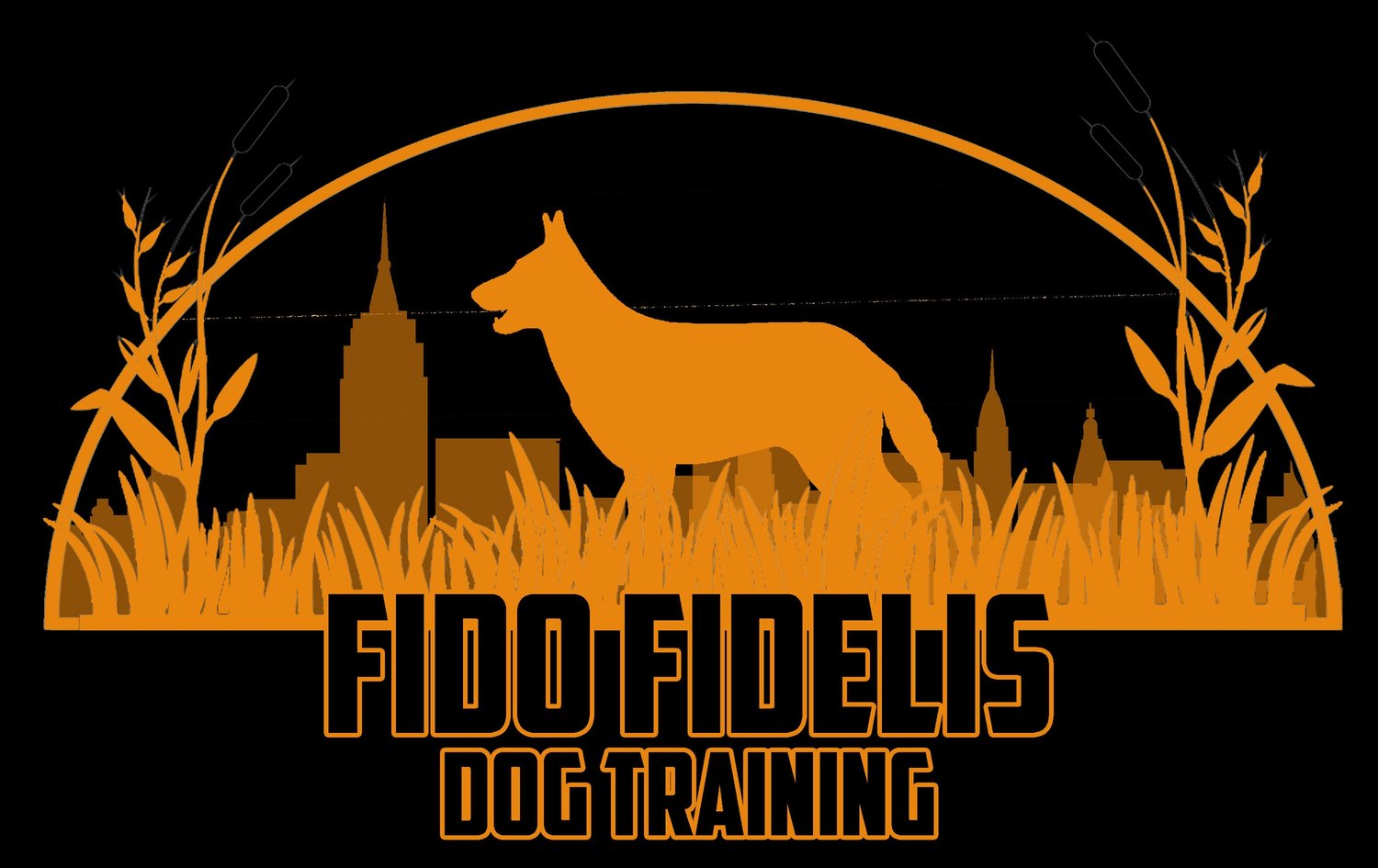There has been a recent trend in dog ownership to use harnesses for walking dogs. While this may seem like a safer option, there are actually several reasons why harnesses are not the best choice for every dog. In this blog post, we'll explore the reasons why harnesses may not be the best option for your dog, and why a collar may be a better choice.
First, it's important to understand that not all dogs are built the same. Just like humans, dogs come in different shapes and sizes, and some breeds may not be well-suited for harnesses. For example, dogs with short snouts, such as bulldogs and pugs, may have difficulty breathing with a harness on, which can lead to respiratory issues. Additionally, some dogs may have a history of pulling or lunging, and a harness can exacerbate these behaviors by giving the dog more leverage to pull against.
Another issue with harnesses is that they can actually encourage pulling behavior. When a dog pulls against a harness, the pressure is spread across their entire body, which can make it more comfortable for them to continue pulling. This can be particularly problematic for larger or stronger dogs, as they can easily overpower their owners and cause injury.
On the other hand, collars can be a more effective tool for walking dogs. When fitted properly, a collar can provide more control over a dog's movements and can help to discourage pulling behavior. Additionally, collars can be used in conjunction with other training tools, such as leashes and prong collars, to help reinforce positive behavior.
One common concern with collars is the potential for injury to the dog's neck or throat. While it is true that collars can cause injury if not used properly, there are many safe and effective collar options available. For example, a flat collar with a buckle closure is a safe and reliable choice for most dogs. Additionally, there are slip collars, Prong collars, Starmark collars and martingale collars that are designed to prevent choking and injury to the neck.
Finally, it's important to note that proper training is the key to successful dog walking, regardless of the tool you choose. Whether you opt for a harness or a collar, it's essential to teach your dog how to walk calmly on a leash and to reinforce good behavior consistently. This includes rewarding your dog for walking calmly on a leash, and correcting any pulling or lunging behaviors that may arise.
In conclusion, while harnesses may seem like a safer option for walking dogs, they are not necessarily the best choice for every dog. Collars can provide more control over a dog's movements and can help to discourage pulling behavior. However, it's important to choose the right collar for your dog's specific needs and to properly train your dog to walk calmly on a leash, regardless of the tool you choose.
